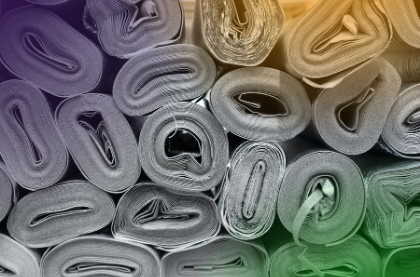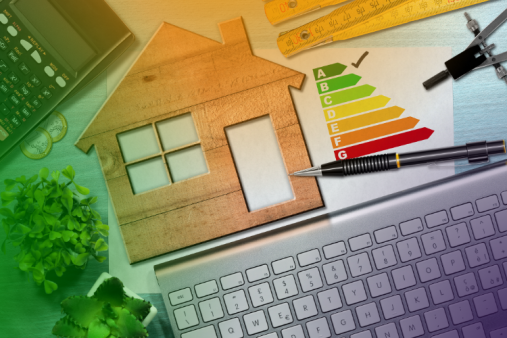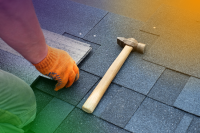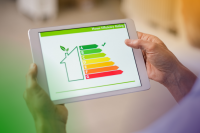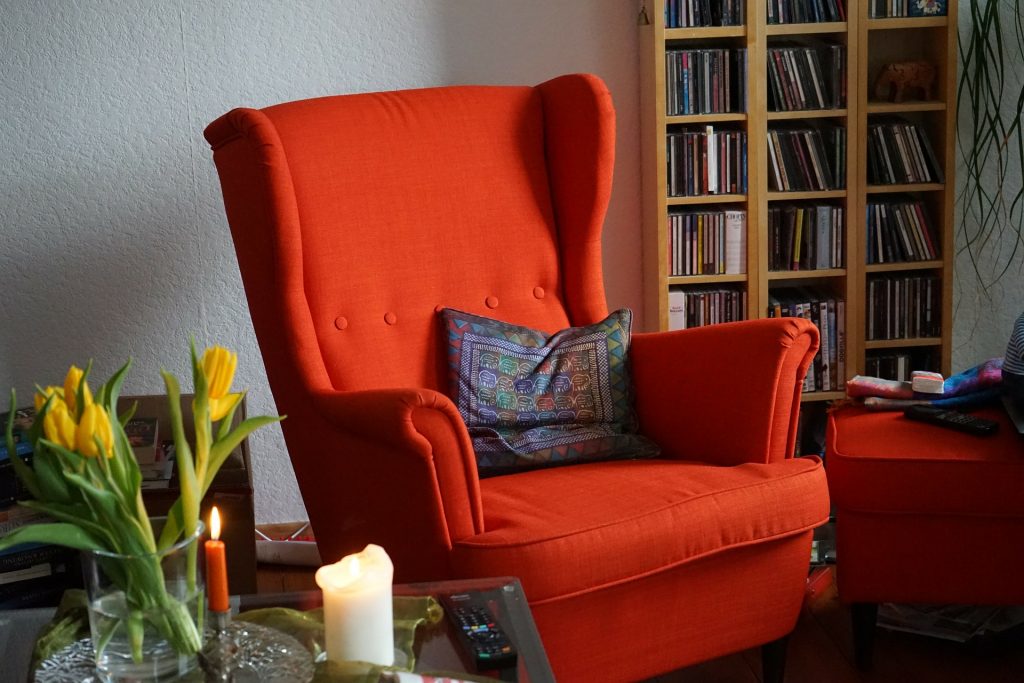
Guide to Insulating Internal Walls
Everyone is aware that insulating cavity walls can have a huge impact on how much heat your house loses. The appropriate level of cavity wall heating can slash your fuel bills, but not every home can have it fitted. Older properties which were built before the First World War are generally solid walled, without a cavity to put insulation in. If you’re living in one of these properties then you’ll have to look at other options for keeping your house cosy.
What is internal wall insulation?
Internal wall insulation is a different way of adding insulation to your property. Instead of filling cavities, the insulation will be added to the inside of any exterior wall. There is a range of different methods for doing this, including building a new stud wall in front of the exterior wall to provide a gap to insulate, or fixing insulation boards onto the surface of the wall. The choice of insulation method will depend on the construction of your property.
Getting the right insulation
There are four main types of insulation used on internal walls. These are:
• Foam insulating boards
• Mineral wools
• Natural materials like wool or cork
• Thin insulation like paints and gels
Each type of insulation has its own advantages and disadvantages. Foam boards for example are very effective but can be expensive. Natural materials might tick the environmentally friendly boxes, but aren’t as efficient. Mineral wools may be bulky, and make a small room feel even smaller. Get advice from a builder or insulation professional about the best type of insulation to use for your home.
Costs for internal wall insulation
As a very rough guide, you can expect to pay between £40 and £50 per square metre to have your house properly insulated from the inside. It’s not cheap, but remember that effective insulation will also mean a reduction in your heating bills. Internal insulation is also a lot cheaper than the alternative, which is insulating the exterior of the building and then having It coated with new render or brickwork. If you’re considering having this sort of work done then never go with the first quote you receive. Shop around and get a few different companies in to look at the project and give both a price and an opinion.
Things to consider
There are a few drawbacks to internal insulation which you should be aware of before deciding to go ahead. This sort of work can be disruptive as it means that electrical sockets have to be moved in order to fit the new insulation inside the walls. Depending on the construction of your property there might also be issues with damp as there’s no escape for moisture building up in the insulation. Also, remember that you in effect making your rooms a little smaller by adding a layer of insulation.
Internal insulation can make a real difference to how warm and cosy your home is. It’s not a project to be taken lightly though, and is something which needs a lot of careful planning.
